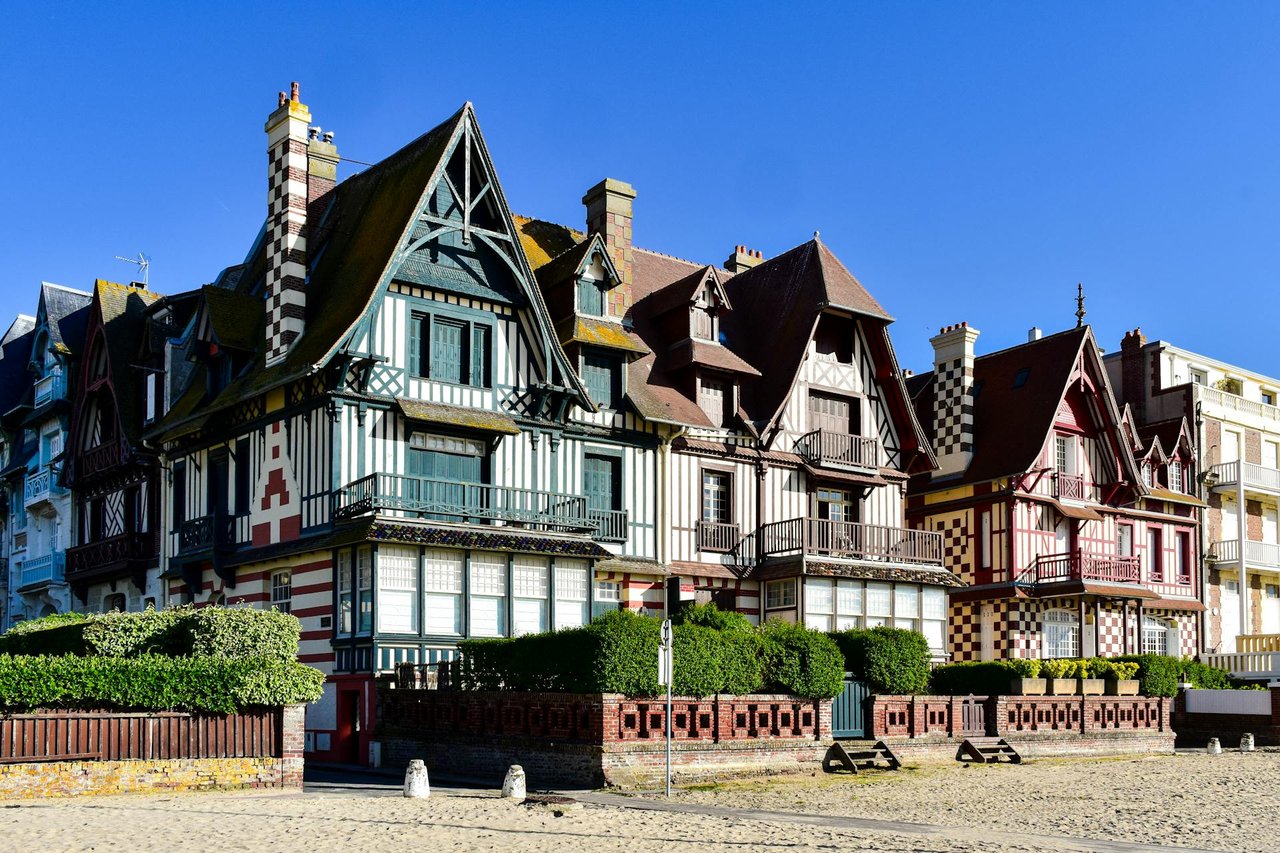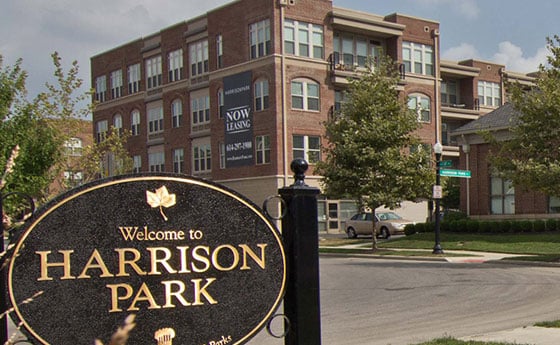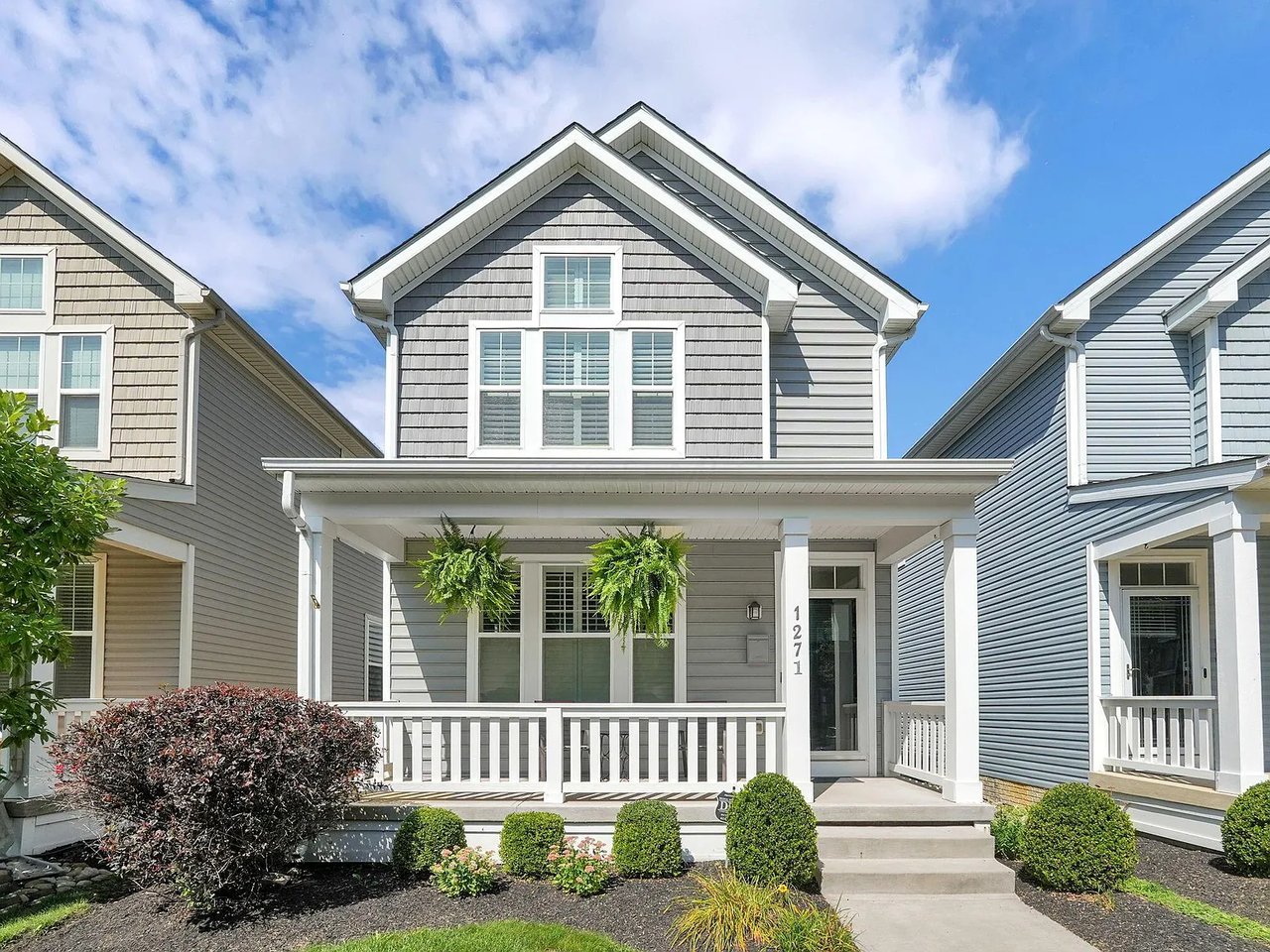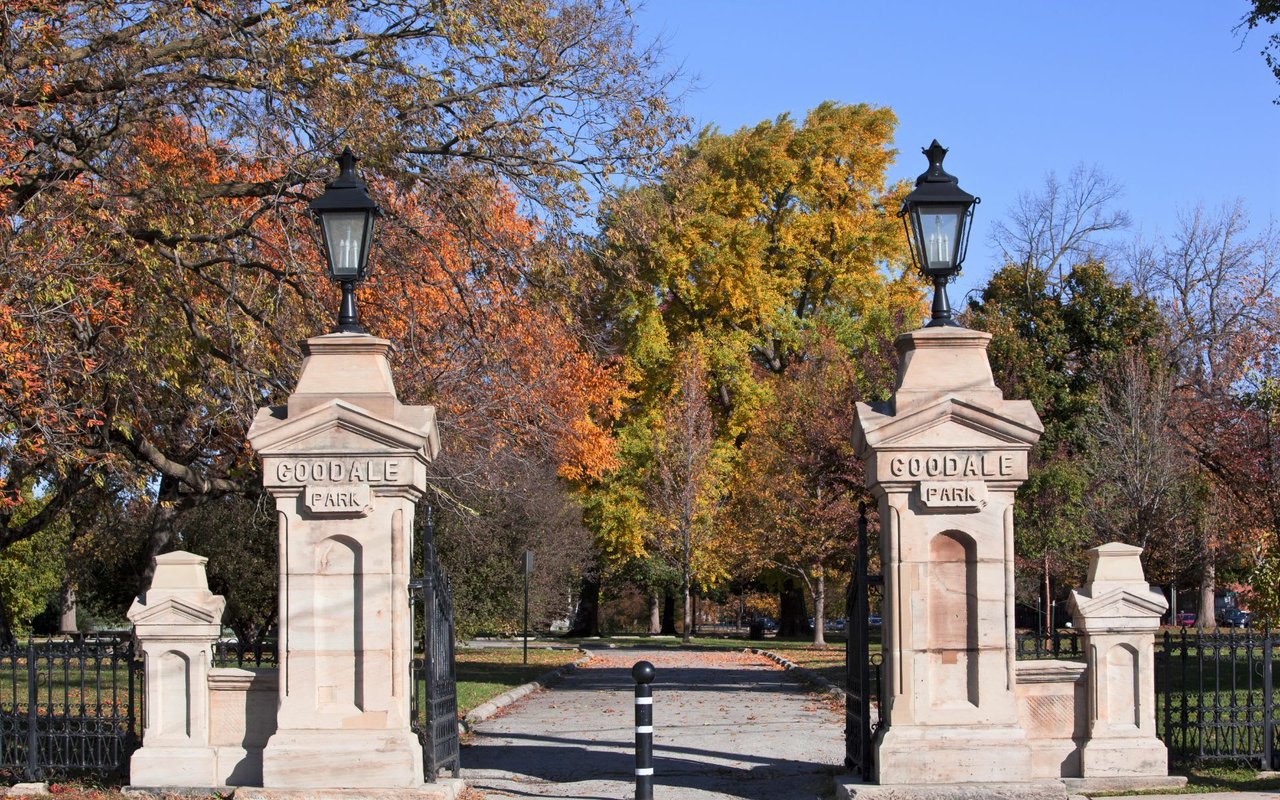The Victorian era, named after Queen Victoria's reign from 1837 to 1901, was a time of great change in the United Kingdom. The rise of industrialization transformed small towns into bustling cities, bringing both prosperity and challenges. This period saw the development of grand architecture in city centers, the expansion of urban areas, and the rise of slums as people flocked to cities for work.
The Growth of Victorian Towns and Cities in Columbus, Ohio
Industrialization and Urban Expansion
The Industrial Revolution played a pivotal role in the growth of Victorian towns and cities. Factories and industries sprang up, creating jobs that attracted people from rural areas. Towns like Manchester, Birmingham, and Liverpool rapidly expanded, with populations swelling as more workers moved in. The influx of people led to the rapid construction of housing, often without adequate planning or infrastructure.
Architectural Developments
The Victorian period is renowned for its architectural achievements. In cities, you would find grand public buildings, railway stations, and residential neighborhoods built in distinctive Victorian styles such as Gothic Revival, Queen Anne, and Italianate. The affluent sections of cities featured wide streets, parks, and ornate buildings that showcased the wealth and success of the era.
The Emergence of Victorian Slums
Overcrowding and Poor Living Conditions
While the wealthy enjoyed the benefits of urban expansion, the working class often lived in overcrowded and unsanitary conditions. The rapid growth of cities outpaced the development of adequate housing, leading to the rise of slums. These areas were characterized by cramped living quarters, inadequate sanitation, and poor ventilation, making them breeding grounds for diseases such as cholera and tuberculosis.
Life in the Slums
Life in the Victorian slums was harsh. Families often lived in single-room dwellings with little privacy. Streets were narrow and filled with refuse, as waste disposal systems were inadequate. Work was often poorly paid and involved long hours in dangerous conditions. Despite these hardships, communities in the slums were tight-knit, with residents relying on each other for support.
Social Reform and the Fight Against Slums
The Role of Reformers
The terrible living conditions in the Victorian slums eventually led to public outcry and the rise of social reform movements. Reformers such as Charles Dickens, who highlighted the plight of the poor in his novels, and public health advocates like Edwin Chadwick played a significant role in raising awareness of the issues facing the working class. Their efforts led to the introduction of reforms aimed at improving living conditions in cities.
Government Intervention
In response to the growing awareness of the conditions in the slums, the British government began to take action. The Public Health Act of 1848 and subsequent legislation aimed to improve sanitation, housing, and working conditions. Efforts were made to clear slums and replace them with better housing, though progress was slow and often met with resistance from property owners.
Legacy of Victorian Towns, Cities, and Slums
The Impact on Modern Cities
The legacy of the Victorian era can still be seen in modern cities across the UK. Many of the grand buildings and residential areas from this period have been preserved, and some former slum areas have been regenerated into desirable neighborhoods. However, the stark contrasts between wealth and poverty during the Victorian era laid the groundwork for ongoing social and economic challenges in urban areas.
Lessons Learned
The challenges faced by Victorian towns, cities, and slums serve as a reminder of the importance of urban planning, public health, and social equity. The efforts to improve living conditions during the Victorian era laid the foundation for modern housing and public health policies, highlighting the need for continued vigilance in addressing the needs of all urban residents.
FAQs on Victorian Towns, Cities, and Slums: A Historical Overview
What were the main causes of slums in Victorian cities?
The main causes of slums in Victorian cities were rapid industrialization, urbanization, and inadequate housing. As people moved to cities in search of work, the demand for housing outpaced supply, leading to the development of overcrowded and poorly built homes in areas that became known as slums.
How did the Victorian government address the issue of slums?
The Victorian government began to address the issue of slums through legislation aimed at improving public health and housing conditions. The Public Health Act of 1848 was one of the first pieces of legislation to address these issues, leading to better sanitation, the construction of sewers, and the demolition of some of the worst slums.
What is the architectural legacy of the Victorian era?
The architectural legacy of the Victorian era includes a wide range of styles, from the ornate Gothic Revival to the more restrained Italianate. Many of the public buildings, railway stations, and residential homes built during this period are still in use today and are valued for their historical and architectural significance.
What were the living conditions like in Victorian slums?
Living conditions in Victorian slums were extremely poor. Homes were overcrowded, with little ventilation or sanitation. Streets were often filled with garbage and human waste, leading to frequent outbreaks of disease. Despite these conditions, slum communities were often close-knit, with residents forming strong bonds of mutual support.
How did the Industrial Revolution impact Victorian towns and cities?
The Industrial Revolution had a profound impact on Victorian towns and cities, leading to rapid urbanization and the growth of industrial centers. While it brought economic growth and job opportunities, it also resulted in overcrowded living conditions, the rise of slums, and significant social challenges that required government intervention and reform.
What efforts were made to improve housing during the Victorian era?
Efforts to improve housing during the Victorian era included government legislation aimed at improving sanitation, building regulations to ensure safer construction, and initiatives by social reformers to raise awareness of the poor living conditions faced by the working class. These efforts led to gradual improvements in housing quality and public health.
What role did social reformers play in addressing the issues of Victorian slums?
Social reformers played a crucial role in addressing the issues of Victorian slums by raising public awareness and advocating for change. Figures like Charles Dickens and Edwin Chadwick highlighted the plight of the poor, leading to greater public support for reforms aimed at improving living conditions in cities.
Are you interested in exploring historic homes or urban living options in Columbus? Contact Joseph Speakman Real Estate today for expert guidance on buying or selling in some of Columbus's most cherished neighborhoods, like Victorian Village. Our team is here to help you navigate the unique real estate market and find the perfect property that meets your needs.
Contact Joseph Speakman Real Estate:
Address: 800 N High Street, Columbus, OH 43215
Phone: 614-607-3691
Email: [email protected]
Website: JosephSpeakman.realtor
Hours:
- Monday - Friday: 9am - 9pm
- Saturday: 9am - 8pm
- Sunday: 12pm - 6pm




